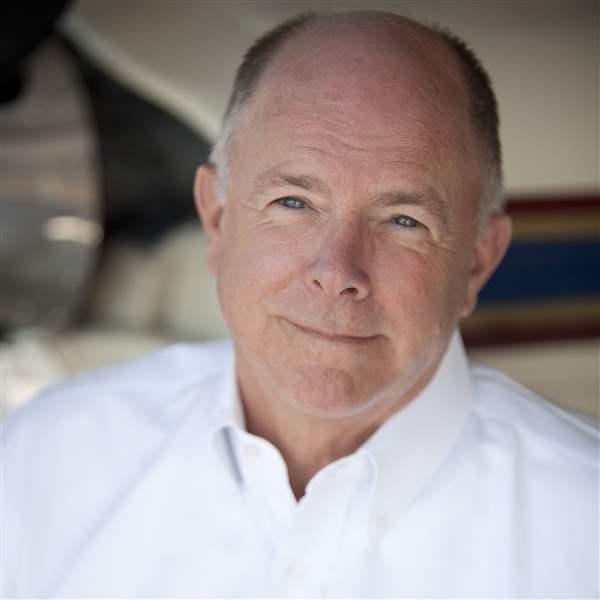
Cessna has done very well in the single-engine turboprop market, with sales of its Caravans topping the charts in that niche ever since 1983. Now the company is stepping up its game with plans for a first flight of its all-new Denali in the fourth quarter of 2018.
The Denali mockup wasn’t on display at this year’s EAA AirVenture, but that doesn’t mean progress has slowed. According to Brad Thress, Textron Aviation’s head of engineering, half of the Denali’s 7,500 parts have been released to the factory for tooling. An iron bird for testing systems integration is nearly complete. Its big McCauley composite propeller has been statically tested up to full power, hub and all. Fuselage and empennage skins have been defined. Targets are being met. Potential customers—Textron isn’t saying how many—have put down deposits. Thress says there’s a market for 100 Denalis per year.
No one can debate that the Denali looks an awful lot like another best-selling single-engine turboprop—Pilatus’ PC–12NG. You know, long nose, airstair door up front, big door in back, T-tail. But that’s where the similarities end, Thress says.
The Denali will have a larger cabin, bigger doors, a lower cabin altitude, a bigger full-fuel payload (1,100 pounds), and longer range than its main competitor. At high-speed cruise power the Denali with a pilot and four passengers will go 1,600 nautical miles with NBAA fuel reserves.
This is where it gets interesting. That range comes thanks to the Denali’s new 1,200-shaft-horsepower GE Advanced Turboprop (ATP) engine, and its FADEC (full authority digital engine controls). The first of these engines is being assembled, software has been tested, and first engine run will come later this year—maybe by the time you read this. GE says the ATP should burn 20 percent less fuel yet put out 10 percent more power than the traditional powerplant in service since the 1960s—Pratt & Whitney’s PT6.
Expect to see more of the Denali at this year’s NBAA Business Aviation Convention and Exhibit in Las Vegas. Maybe Pratt & Whitney will have something to introduce as well. —Thomas A. Horne, Turbine Pilot Editor



